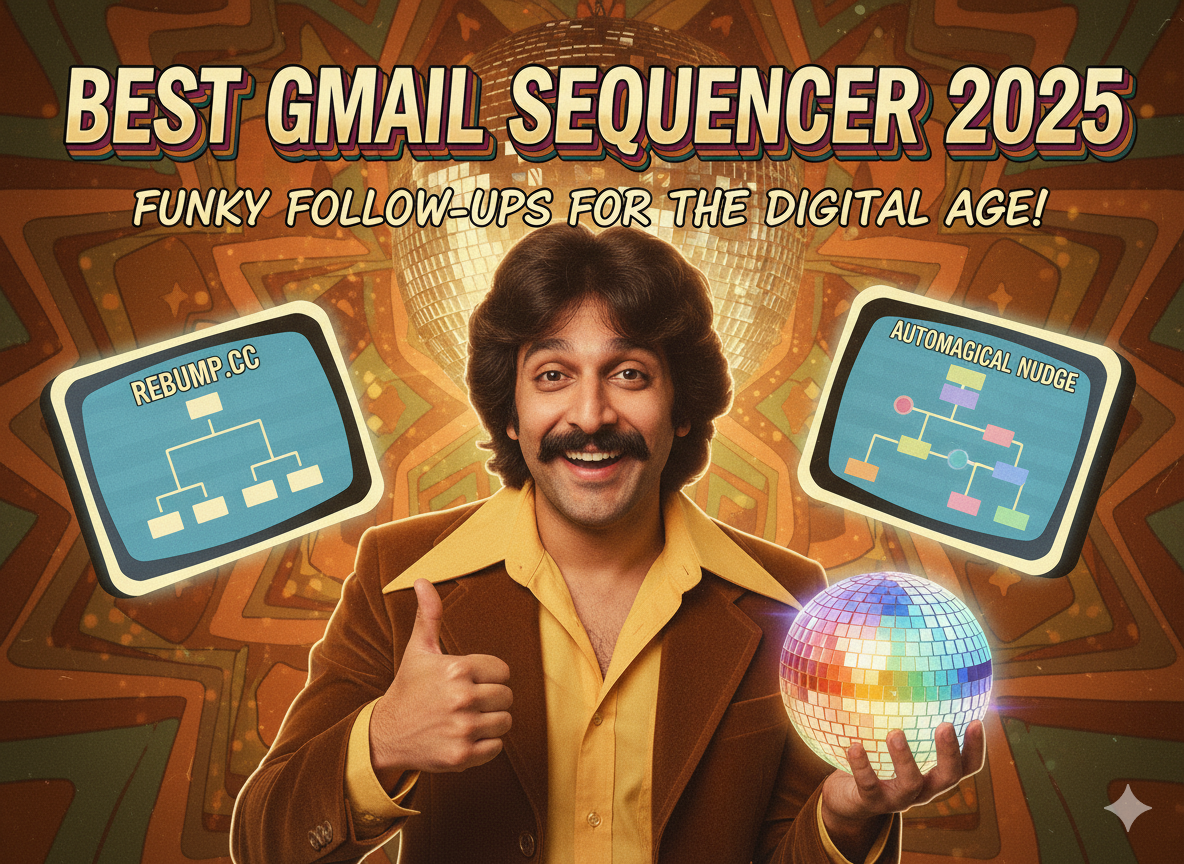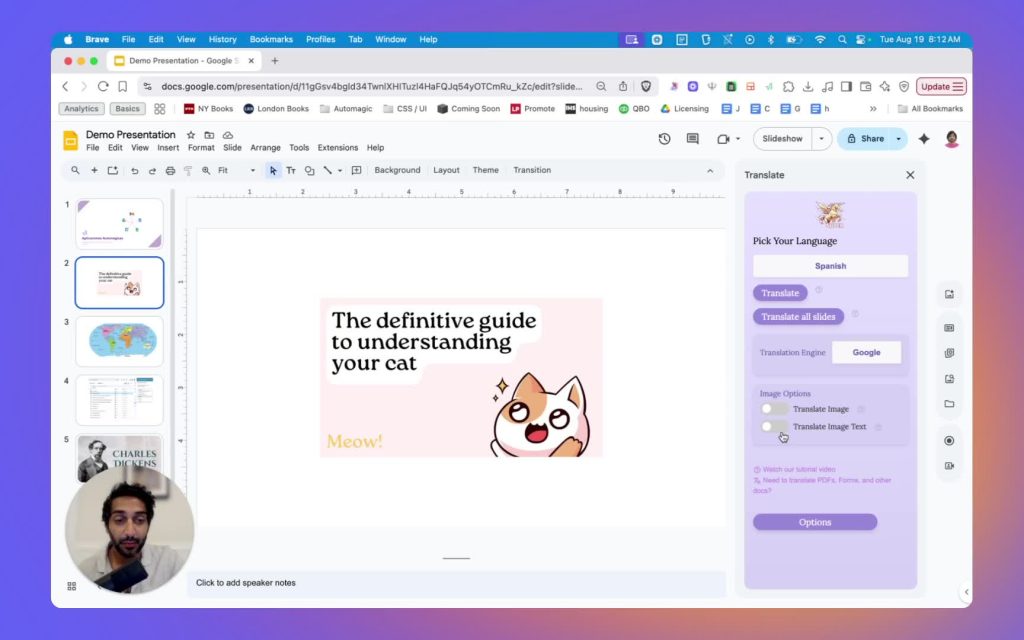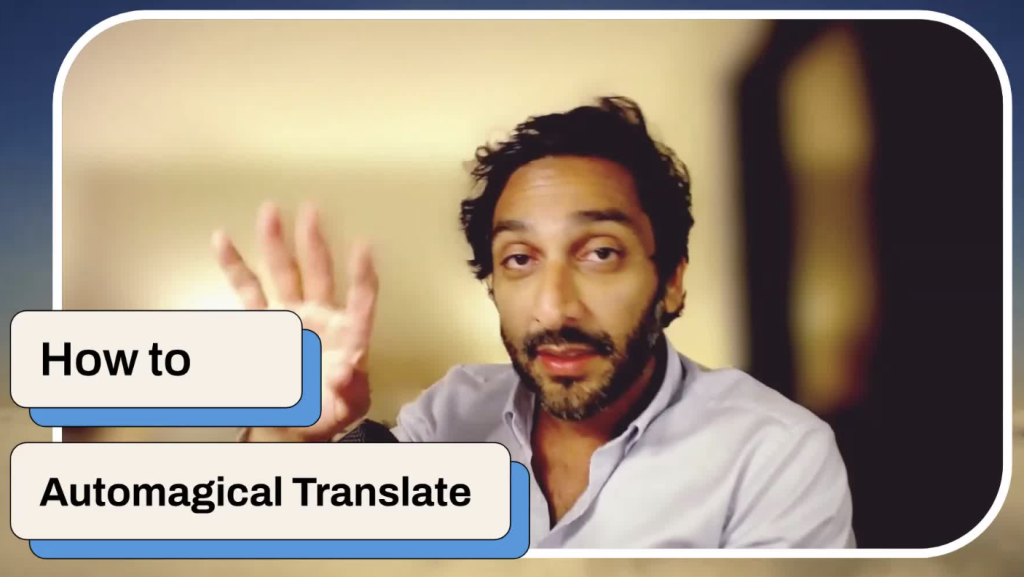Rebump.CC vs Automagical Nudge vs CloudHQ
If you regularly send outreach, follow-ups, or nurture sequences from Gmail, a good email sequencer (also called auto follow-up or “nudging” tool) can save you hours and reduce lost conversations. But which one is right for you?
In this post, I’ll compare three of the leading options in the Gmail ecosystem:
We’ll look at strengths, trade-offs, use cases, and what to watch out for. My goal isn’t to hype them, but to help you choose wisely.
(If you’re in a rush) Side-by-Side Comparison
| Feature / Factor | Rebump.CC | Automagical Nudge | CloudHQ Auto Follow Up |
|---|---|---|---|
| Mobile Support | ❌ (Must BCC their email) | ✅ (Native Gmail App integration) | ❌ (None) |
| Sequence Stop on Reply | ✅ | ✅ | ✅ |
| Set sequence on Compose | ✅ (Gmail UI) | ✅ (Gmail UI and on Mobile) | ✅ (Gmail UI) |
| Set Sequence on Sent Msg | ❌ (Must reply first) | ✅ | ❌ (Must reply first) |
| Set Sequence on Received Msg | ❌ (Must reply first) | ✅ (No need to reply) | ❌ (Must reply first) |
| AI Features | ❌ (Lengthy setup for template building) | ✅ Quick draft nudges with AI on the fly | ❌ (None) |
| Template + personalization | ✅ Prewritten (and Create Your Own) | ✅ Prewritten (and Create Your Own) | ✅ Template Library and Prewritten |
| Email send limits | Relies on Gmail Limits | Relies on Gmail Limits | Relies on Gmail Limits |
| Lifetime free tier | ❌ 14 Day free trial (Limited) | ✅ 15 free nudges per month with covert branding | ✅ 10 free sends per month with prominent branding |
| Learning curve | ✅ Low | ✅ Low | ❌ Moderate (more features) |
| Reliability / stability risk | ✅ Good | ✅ Good | ✅ More features = more moving parts; extension dependencies |
What to Look for in an Email Sequencer
Before diving into each tool, here are criteria you should keep top of mind:
- Ease of setup / integration with Gmail — ideally minimal friction, native Gmail UI support
- Smart logic / conditional branching — e.g. “stop if replied,” branching based on opens/clicks
- Template & personalization — merge tags, customizing per step
- Limits, pricing & “free tier” usability — how many emails, what constraints, hidden costs
- Reliability & deliverability — whether sequences reliably send and don’t trigger spam filters
- Transparency & support — good documentation, responsive support, visibility into what’s happening
With those in mind, let’s compare.
Automagical Nudge
Overview & key features
Automagical Nudge (from Automagical Apps) is a Gmail add-on / Chrome extension designed to embed “nudges” (follow-up sequences or reminders) directly into your Gmail experience.
Some standout features:
- AI-first — use AI to dynamically generate “Nudge sequences” from existing emails
- You can attach nudges (sequences or reminders) to inbound or outbound messages (even after sending).
- Set unlimited reminders per message. If no reply, you can nudge again.
- Full customizability of date AND time of delivery, as well as on-the-fly editing of everything before attaching a nudge sequnce
- It works in Gmail mobile app (via add-on) in addition to desktop.
Pros
- Flexible: because you can nudge any message (inbound or outbound), it’s useful for “resurrecting” threads
- Good template support and customization — customize both date/time of delivery and messaging easily
- Integrated in Gmail with minimal switching
- Unlimited reminders per message is a nice differentiator
Cons / caveats
- For high-volume drip campaigns, it might not scale as cleanly (it’s more oriented to individual threads)
- The “nudge logic” tends to be simpler than full marketing automation tools
- Depending on your subscription, there may be usage caps or “freemium” constraints
Best fit
Ideal if for sales, customer support, and personal use, especially your follow-ups are often reactive (e.g. responding to incoming messages) or you want a tool that you can retroactively attach reminders to conversations. It’s less about broadcasting mass sequences and more about staying responsive and not dropping threads.
Rebump.CC
Overview & key features
Rebump.CC (often just “Rebump”) is built for Gmail users who want to “bump” emails that haven’t gotten replies. It integrates into Gmail (via Chrome extension) and essentially lets you wrap a follow-up or a sequence around any message.
You can:
- Create multiple “Bump sequences” (series of follow-ups) and pick one when sending or after sending.
- Set intervals (days) and auto-cancel the sequence if a reply arrives.
- Compatibility with Gmail’s “schedule send” (via BCC workaround) — you add a special BCC address so Rebump will catch that message when it’s later sent.
Pros
- User-friendly: once installed, the workflow lives in your Gmail UI with minimal extra steps
- Good control: you can cancel, skip, or personalize follow-ups
- Fairly reliable for basic use — many users report success with it
- Affordable for individuals / small volumes (Starting at $10 / mo — 14 day free trial)
Cons / caveats
- The BCC workaround to make it work with “schedule send” can feel hacky. If you’re on mobile, you have to BCC a Rebump email address to attach the default nudge sequence
- Mobile compatibility relies on the BCC method of attaching a Bump sequence
- As with all such tools, heavy usage can bump you against Gmail’s sending limits or spam thresholds
- Editing, on-the-fly, the templates or dates/times of delivery are not possible. You are using pre-written templates.
- Less suited for very high volume campaigns
Best fit
If you’re someone sending moderate outreach or doing client follow-ups and want something that “just works” with minimal learning curve, Rebump is a strong choice. You ideally do not need to edit your templates in messaging or date/time of delivery.
CloudHQ — Auto Follow Up for Gmail / Gmail Sequencer
Overview & key features
CloudHQ is better known as a productivity / sync / extension company, but one of their flagship offerings is Auto Follow Up for Gmail (sometimes called Gmail sequencer, auto-follow, etc.).
You can:
- Install a Chrome extension that injects “Auto Follow Up” controls directly in your Gmail compose window.
- Create auto follow-up campaigns (upload recipient list, define sequences) or attach sequences to individual emails.
- Configure templates, set conditions (e.g. stop when recipient replies), track opens/clicks, mail merge support.
- Use “Quick Auto Follow-Up” when you don’t want to build a full template — schedule a reminder for a particular message.
- Throttle sends so you don’t exceed Gmail’s limits.
In terms of pricing and limits:
- The free (basic) plan allows limited emails per month (e.g. 10 or so) and will append a signature / branding.
- Premium is ~$14.99/month per user (unlimited sends, removal of signature, extra features)
- In their “cloudHQ Gmail auto follow up” subscription page, they note that the free plan allows 100 emails per month; paid removes that cap.
Pros
- Very powerful: supports both per-email sequences and mail merge
- Good condition logic (stop-if-replied, merge, tracking)
- “Quick follow-up” is convenient for ad hoc usage
- Integration with Gmail UI makes it feel native
- Throttling / pacing helps stay within Gmail limits
Cons / caveats
- No mobile support at all
- The free plan is quite restrictive (branding, low send cap)
- With higher volume, the overhead of campaign setup might feel more complex
- Because it’s more “feature-rich,” there might be more learning curve or occasional quirks
- Some users report occasional extension or sync bugs with add-ons in Gmail, especially when Gmail updates (this is a general risk for browser extension tools)
- Some users online mention occasional issues or feature rollbacks (as with many extension-based tools)
Best fit
If you want the most flexibility between individual follow-ups and larger batch sequences, CloudHQ is compelling. It’s a middleground between the lightweight simplicity of Rebump and full-blown automation systems. For smaller users, the free tier gives a taste; for serious usage, the paid tier is reasonable.
When to Pick Each Option
Here are some use-case heuristics that might help:
- You need on-the-fly customization of message and delivery → Automagical Nudge
- You need mobile-first Support → Automagical Nudge or Rebump.cc if BCCing their alias email works for you
- You want something that “just works” with minimal fuss → Automagical Nudge OR Rebump.cc
- You often respond to inbound messages or want to nudge ongoing thread conversations, especially in Gmail mobile → Automagical Nudge
- You want flexibility, combining both batch campaigns and per-email reminders, and are comfortable doing a bit more configuration → CloudHQ Auto Follow Up
Tips for Better Results (Regardless of Tool)
- Always include an unsubscribe / opt-out method in follow-ups (especially for cold or outreach emails).
- Too many sequences in a short time look spammy — space them realistically (e.g. 2–5 days).
- Use “stop if replied / condition cancellation” logic aggressively so you don’t send redundant messages.
- Monitor deliverability metrics (bounces, spam complaints) and throttle usage if needed.
- Personalize your follow-ups — even small touches (first name, mentioning prior interaction) can boost response.
- Test with a small subset first to confirm sequence behavior before scaling.
- Make sure your tool is up to date and supported (browser / Gmail changes sometimes break extensions).
Final Thoughts
These tools are generally lightweight, but if you want the best free plan, feature-set, and capabilities → We recommend Automagical Nudge
- If you prefer minimal setup and simplicity, Automagical Nudge or Rebump.cc gets you most of the gain with little friction.
- If your workflow is more conversational—reacting to inbound threads or needing to attach reminders after the fact—Automagical Nudge is especially handy.
- And if you want a hybrid tool that lets you run both one-off nudges and systematic campaigns, CloudHQ’s Auto Follow Up gives you more flexibility (at the cost of slightly more complexity).



